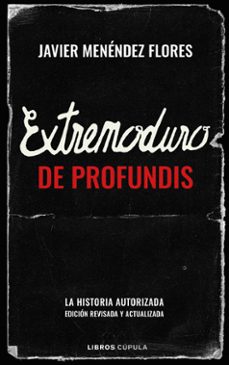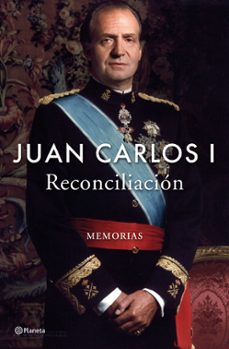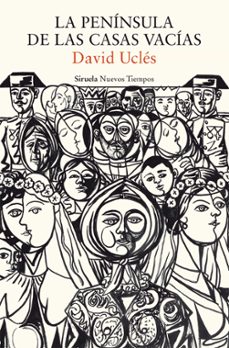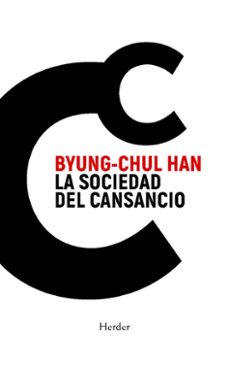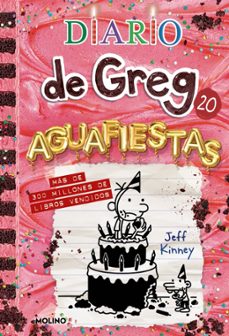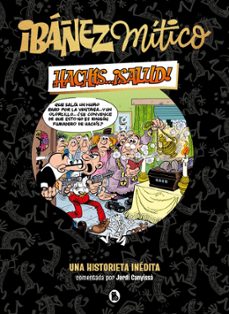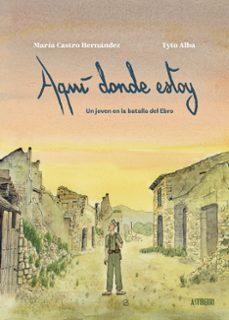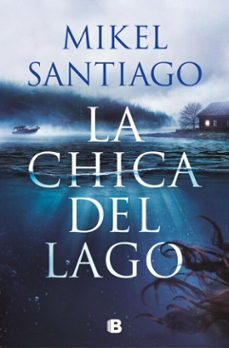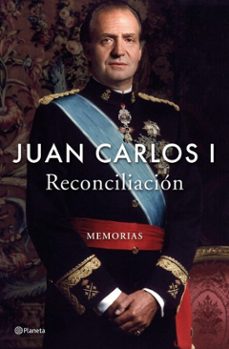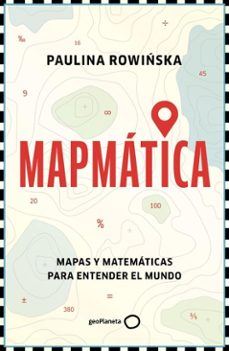Imprescindibles
Más vendidos Libros más leídos eBooks más leídos Todos los libros Todos los libros Autores destacados Series y sagas
Recomendados Libros recomendados Autores destacados Libros que inspiran Vidas con historia LGTBIQ+ English books
Ficción
Literatura Contemporánea Estudios literarios Clásicos Cuentos Poesía Teatro Libros de bolsillo Sagas literarias
Géneros literarios Novela romántica y erótica Novela negra Novela histórica Narrativa fantástica Novela de ciencia ficción Novela de terror Narrativa de humor Narrativa de viajes
No Ficción
Ciencias y tecnología Biología Ciencias Ciencias naturales Divulgación científica Informática Ingeniería Matemáticas Medicina Salud y dietas Formación Idiomas Estilo de vida Libros de Cocina Guías de viaje Narrativa de viajes Deportes Libros de Juegos Manualidades
Humanidades Autoayuda y espiritualidad Ciencias humanas Derecho Economía y Empresa Psicología y Pedagogía Filosofía Sociología Filología Biblioteconomía Estudios filológicos Estudios lingüísticos Estudios literarios Historia y crítica de la Literatura
Infantil
Juvenil
#Jóvenes lectores Narrativa juvenil Clásicos adaptados Libros Wattpad Libros Booktok Libros de influencers Libros de Youtubers Libros Spicy Juveniles Libros LGTBIQ+ Temas sociales Libros ciencia ficción Libros de acción y aventura Cómic y Manga Juvenil Cómic Juvenil Manga Shonen Manga Shojo Autores destacados Jennifer L. Armentrout Eloy Moreno Nerea Llanes Hannah Nicole Maehrer
Libros de fantasía Cozy Fantasy Dark academia Hadas y Fae Romantasy Royal Fantasy Urban Fantasy Vampiros y hombres lobo Otros Misterio y terror Cozy mistery Policiaca Spooky Terror Thriller y suspense Otros
Libros románticos y de amor Dark Romance Clean Romance Cowboy Romance Mafia y amor Romance dramatico Romance dramatico Romcom Sport Romance Otros Clichés Enemies to Lovers Friends to Lovers Hermanastros Slow Burn Fake Dating Triángulo amoroso
Cómic y Manga
Novela gráfica Novela gráfica americana Novela gráfica europea Novela gráfica de otros países Personajes, series y sagas Series y sagas Star Wars Superhéroes Cómics DC Cómics Marvel Cómics otros superhéroes Cómics Valiant
eBooks
Literatura Contemporánea Narrativa fantástica Novela de ciencia ficción Novela de terror Novela histórica Novela negra Novela romántica y erótica Juvenil Más de 13 años Más de 15 años Infantil eBooks infantiles
Humanidades Autoayuda y espiritualidad Ciencias humanas Economía y Empresa Psicología y Pedagogía Filosofía Historia Historia de España Historia Universal Arte Cine Música Historia del arte
Ciencia y tecnología Ciencias naturales Divulgación científica Medicina Salud y dietas Filología Estudios lingüísticos Estudios literarios Historia y crítica de la Literatura Estilo de vida Cocina Guías de viaje Ocio y deportes
Preventa de eBooks de geografía
Filtros
Del 1 al 3 de 3
CLAPP, ALEXANDER
Zahar 9786559792849
Fruto de um incansável trabalho de jornalismo investigativo, este é o primeiro grande livro a expor a realidade catastrófica do comércio global de lixo — um negócio clandestino cuja finalidade é desp
Ver más
eBook
ROWINSKA, PAULINA
GeoPlaneta 9788408311218
El libro que explica cómo las matemáticas dan forma a los mapas que usamos cada día.¿Por qué los vuelos entre Europa y Estados Unidos cruzan el Ártico? ¿Cómo puede un mapa reforzar desigualdades sociales? ¿Que nos dice la forma de una costa sobre su medicion? Con un estilo accesible, riguroso y lleno de curiosidad, Rowiska demuestra que detras de cada mapa hay una historia matematica esperando ser contada.Mapmatica es un viaje fascinante al corazon oculto de los mapas, donde las matematicas actuan como una brujula silenciosa. En estas paginas, Paulina Rowiska nos invita a descubrir la intrincada red de numeros, formulas y patrones que subyace en cada plano, callejero o mapa del metro. Una conexion profunda y a menudo invisible que transforma nuestra manera de orientarnos, de planificar y de comprender el mundo.
Ver más
eBook
TUKE, AMANDA
Flint 9781803998916
Fresh, immediate, and full of vim PETER MARRENCarry this book with you. Watch, listen, observe, enjoy. ESTHER WOOLFSONFeral pigeons, foxes and fireweed are fascinating, but theres more to urban nature. In Wild Pavements, naturalist Amanda Tuke shares her delight in the overlooked and underappreciated wildlife in our UK cities, finds the people who care for it, takes groups out to enjoy it and explores what the current thinking in ecology and conservation means for the future of urban nature.Join Amanda as she explores London from the City out to the suburbs and visits Manchester, Edinburgh, Belfast, Cardiff, Hull, Aberdeen and other cities in the British Isles, exploring the diversity of our urban nature and the surprising places you can find it. From wild bees living on a canal bank and peregrine falcons nesting on a civic centre, to rare plants in pavement cracks and new fish-life in trolley-filled urban rivers, her discoveries are there for anyone to enjoy. And noticing the wild world around you may just change the way you think about our cities for good.
Ver más
eBook
Del 1 al 3 de 3

